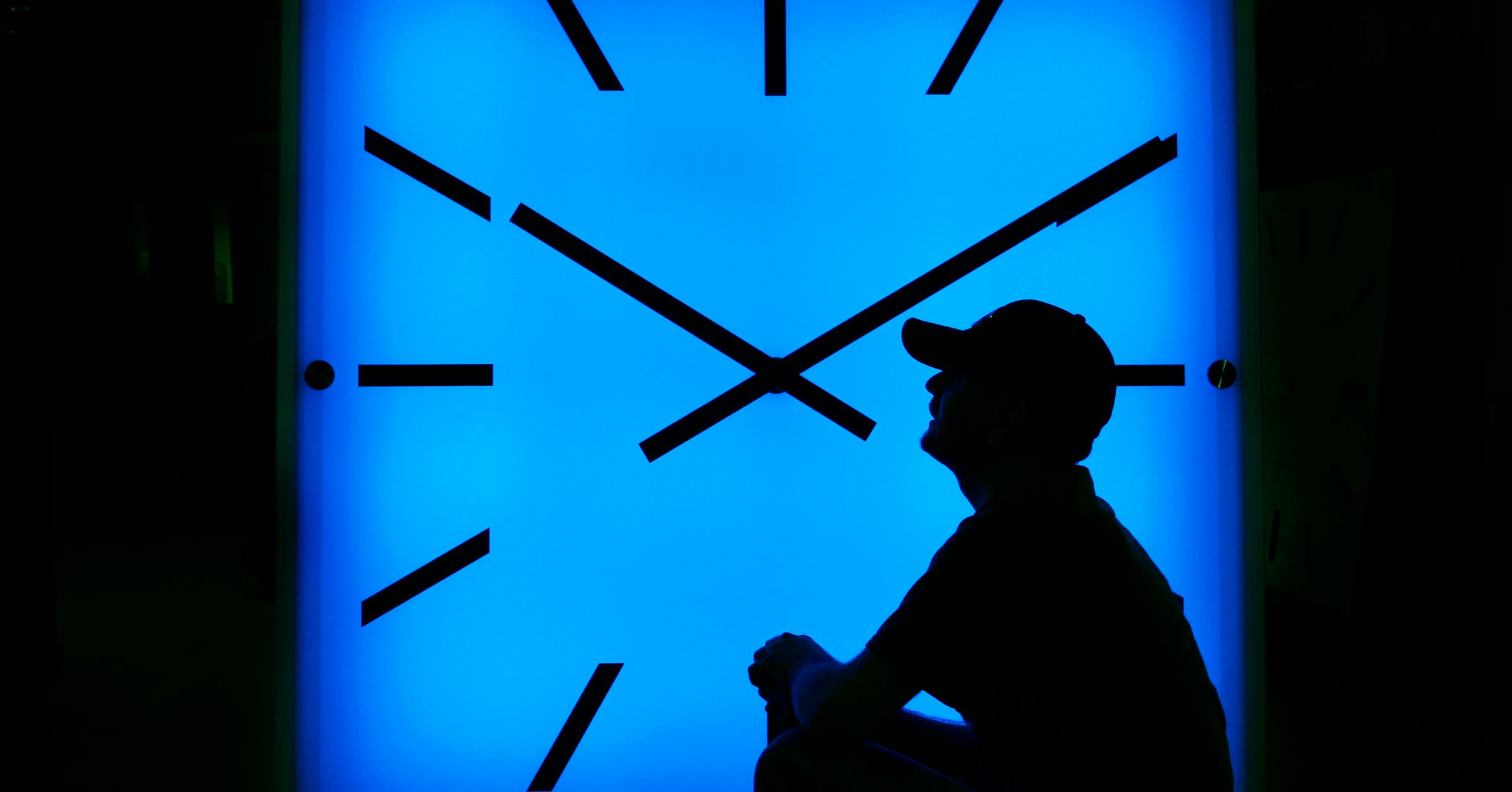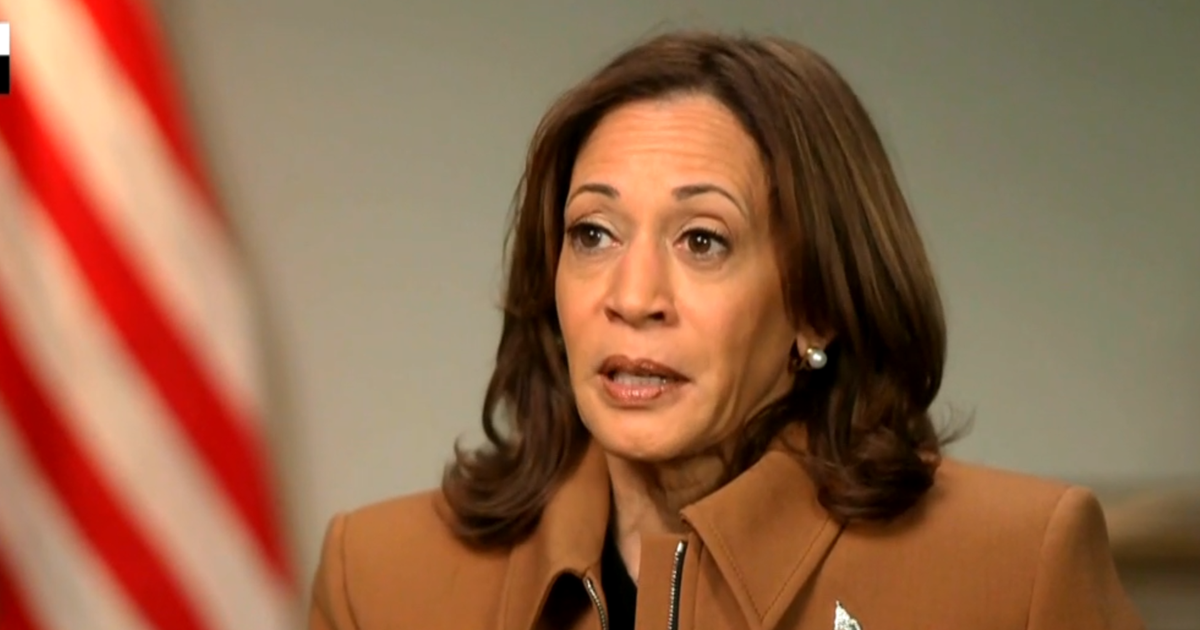Star Tribune
Are Minneapolis City Council members overpaid? And is Frey underpaid?

Minneapolis City Council members are paid more than most of their peers — and the mayor is paid less — in comparable cities across the nation.
That’s the conclusion of a study commissioned by council members, who responded to it with quiet.
The city’s 13 council members are currently paid $109,846 a year, and Mayor Jacob Frey is paid $140,814 annually.
Neither of those figures will change for at least the next two years — the end of the council members’ elected terms — according to a resolution and annual budget unanimously approved by the council and signed by Frey. Under a process created by the council that follows state law, council members and the mayor set the salaries to take effect the next elected term, and run for the duration of those terms.
The study, completed by the city clerk’s office, found that of nine comparable cities and St. Paul, only Seattle pays its City Council more in cost-of-living-adjusted dollars than Minneapolis. Minneapolis taxpayers pay their council members nearly $29,000 more than the average of those nine cities.
Meanwhile, Frey’s salary is about $26,000 less than the average of those peer city’s mayors, including Mayor Melvin Carter in St. Paul, which has about 120,000 fewer residents.
It’s unclear how Minneapolis ended up this way, although its legacy of having a relatively weak mayor and strong council is a likely cause.
The council directed the clerk’s office to undertake the study after voters approved a 2021 ballot question changing the city’s government structure to a “strong-mayor, weak-council” system.
Like Minneapolis, all nine cities of comparable populations have a strong mayor and city council positions described as full time.
City Council
Over the past decade, Minneapolis City Council members have voted to give their next-term selves raises averaging about 2% a year. In 2014, they made $84,362. Across the nation, some cities give their elected officials regular raises, while others don’t.
What’s clear when comparing Minneapolis to a range of cities of generally comparable size and prominence — from Boston to Denver — is that Minneapolis pays more. The closest is Denver, which has about 200,000 more people and pays its 13 council members $110,596 in raw dollars. However, when adjusted to reflect the cost of labor in Minneapolis, their salaries would be comparable to a $106,107 salary in Minneapolis. Also: Denver council members double as Denver County board members in a consolidated system that’s different from the relationship between Minneapolis and Hennepin County.
Not everything is gravy for Minneapolis council members; in Atlanta and Milwaukee, council members get a city-provided car.
Mayor
For a “strong mayor,” Frey’s paycheck isn’t so brawny.
Mayors of the following cities all earn more than Frey: Atlanta; Boston; Columbus, Ohio; Denver; Milwaukee; Seattle; Tampa, Fla.; and St. Paul. Frey’s paycheck is fatter than his counterparts’ in Pittsburgh and Omaha, Neb. He does get a city-provided car, like his peers in all those cities except Denver and St. Paul, where the mayor’s salary is $146,182.
How St. Paul does it
Comparing Minneapolis to St. Paul is fraught because St. Paul is smaller and considers its seven council members part-time employees.
They’re paid half the mayor’s annual salary.
Will Minneapolis change?
Minneapolis Clerk Casey Carl presented findings to the council’s budget committee as their last item before debating the city budget earlier this month.
It’s unclear whether the next council, which will include 12 of the 13 members of the current council, will look to change any of the compensation. All 13 council seats and the mayor will be on the ballot in 2025, and the soonest any changes could take effect would be Jan. 1, 2026.
“Thank you, Clerk Carl, for that presentation,” Budget Committee Chair Emily Koski said after the presentation, looking to her colleagues. “Are there any questions? … Is there any further discussion?”
There was none.
Star Tribune
This Rochester MN school police officer used to be a narcotics cop
Some take him up on it and fret when he’s not around.
“It is nice to be missed and be part of the school’s culture,” Arzola said. But mostly, he added, he wants kids to know that police aren’t around just for when the bad stuff happens. He’ll hand out his stickers and bracelets, even a trading card bearing his image. Then, they’ll talk about dogs and family.
School resource officer Al Arzola talks to students in his office at John Adams Middle School in Rochester on Oct. 11. (Leila Navidi/The Minnesota Star Tribune)
Two months ago, Rochester played host to a three-day training session for new SROs from across the state — an event organized by the Minnesota School Safety Center. On the final day, the 26 officers learned about surveillance challenges at the other school where Arzola works: Dakota Middle School.
It is a beautiful building with a scenic view. There is a lot of glass, too. Arzola, handling the role of instructor and tour guide, took the group outside and noted how one could look straight through the entrance to the large groups that gather inside. There were no curbs in front, either.
“There is nothing stopping any vehicle whatsoever from going through my front doors,” Arzola told the officers. “Law enforcement wasn’t talked to before this building was made. It was kind of like, ‘Here it is. You’re the SRO. Do what you do.’”
He showed them his office, too, which is separate from the main office and near those of other school support staff members. That makes sense, said Jenny Larrive, SRO coordinator for the Minnesota School Safety Center, given than SROs spend more time connecting with youth than on actual law enforcement.
Star Tribune
How Minnesota is recruiting poll workers in a divisive presidential election

“The basic rule in Minnesota is you cannot preemptively post law enforcement at a polling place,” he said. “A city can’t say, ‘Wow, Precinct Two, there’s a lot of intensity there, let’s just put a cop at the door.’”
Simon doesn’t go deep into the details on security, though. “I don’t want to give a total road map to the bad guys,” he said.
But testimony at the Capitol last year on behalf of the new law bolstering protections for election and polling place workers indicated there’s room for concern. One election worker was followed to her car by an angry voter; the head of elections in another county was called repeatedly on her home phone during off hours, and an official was lunged at by an aggrieved voter, forcing her to call the local sheriff.
Those who violate the law could now face civil damages and penalties of up to $1,000 for each violation.
The Brennan Center survey indicated more than four in 10 election leaders were concerned about recruiting enough poll workers due to threats of harassment and intimidation. This includes doxing — publishing a person’s personal information online in a threatening manner — and swatting, fake emergency calls that result in an armed response being sent to someone’s home.
“Election officials are working to prepare for everything right now,” said Liz Howard, director of partnership engagement at the Brennan Center. “More than 90% of election officials have made improvements to election security since 2020.”
Star Tribune
Daylight saving time ends next weekend. This is how to prepare for the potential health effects

The good news: You will get a glorious extra hour of sleep. The bad: It’ll be dark as a pocket by late afternoon for the next few months in the U.S.
Daylight saving time ends at 2 a.m. local time next Sunday, Nov. 3, which means you should set your clock back an hour before you go to bed. Standard time will last until March 9 when we will again ”spring forward” with the return of daylight saving time.
That spring time change can be tougher on your body. Darker mornings and lighter evenings can knock your internal body clock out of whack, making it harder to fall asleep on time for weeks or longer. Studies have even found an uptick in heart attacks and strokes right after the March time change.
”Fall back” should be easier. But it still may take a while to adjust your sleep habits, not to mention the downsides of leaving work in the dark or trying exercise while there’s still enough light. Some people with seasonal affective disorder, a type of depression usually linked to the shorter days and less sunlight of fall and winter, may struggle, too.
Some health groups, including the American Medical Association and American Academy of Sleep Medicine, have said it’s time to do away with time switches and that sticking with standard time aligns better with the sun — and human biology.
Most countries do not observe daylight saving time. For those that do — mostly in Europe and North America — the date that clocks are changed varies.
Two states — Arizona and Hawaii — don’t change and stay on standard time.
Here’s what to know about the twice yearly ritual.




